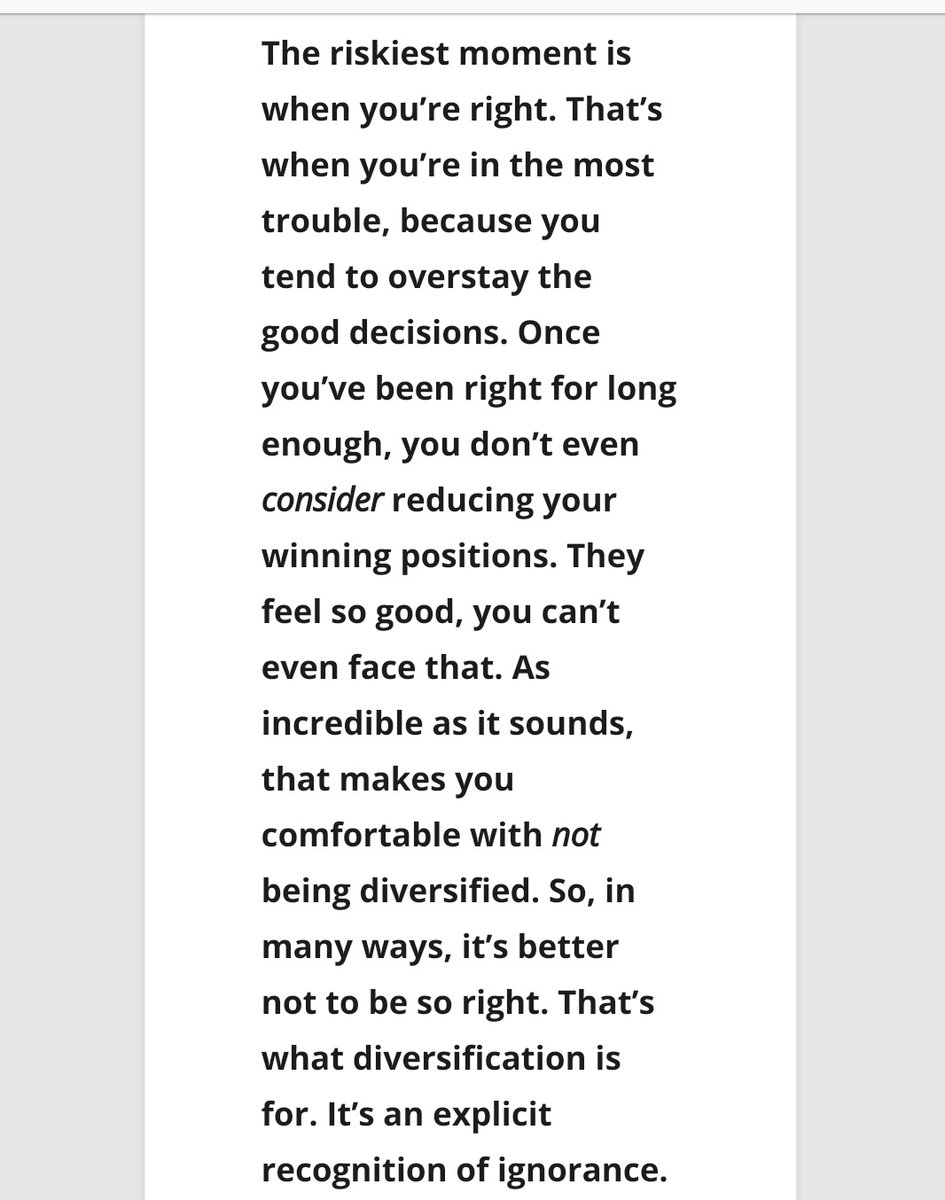Amused to see that top 2 index constituents account for around 50% and top 3 index constituents account for around 65% of an Index !
Take a bow, NSE.
Some stuff I am reading today morning:
More pain for Emerging Markets (Quint)
SEBI blocks Lodha Developers IPO (MC)
Investor Profile: Jiten Parmar (ET)
Interview with Jatin Khemani (FE)
Rakesh Jhunjhunwala sells Titan (BS)
How to survive the smallcap crash in 2018 (Nooresh)
The paradox of knowledge (Safal Niveshak)
Little Money Rules (Morgan Housel)
Soros is now making money in litigation finance (Climateer)
How Blogging changed Wall Street (PragCap)
The Book ‘Land of the Seven Rivers’ is written by Sanjeev Sanyal who is currently the Principal Economic Adviser to the Govt of India
The Book is a great read of history buffs…covers the history of India right from pre-historic days to current times.
One insight that I got from the Book was the fact India is more than a country…its a civilisation and .a very ancient one at that.It probably explains why despite having a billion people of different religions ,races, cultures ,languages etc, we are still bound together.
They have been enduring themes in this civilisation of ours-a Victory Column (Ashoka Pillar-Qutab Minar-Jaipur Column), use of the Lion as an Emblem of Royalty , use of the ‘Chakra’ as a symbol of royal power etc
To this day, the Lion emblems and the Chakra are part of our State Motifs.
The lots of aspects of India’s history which are revealed in the book which are not covered in the rubbish history that they teach in our schools.
I was particularly fascinated to know that in ancient times, India has two major land trade routes.The Dakshina Path (Southern Road) made its way from the Gangetic Plains through Cental India to the southern tip of India. The Uttara Path (Northern Road) ran from Eastern Afghanistan, through Punjab, the Gangetic Plains to the sea-ports of Bengal.
The Ramayana is oriented along the Dakshina Path while the Mahabharata is oriented along the Uttara Path !
I would strongly recommend this book for those interested in India and its history.
Hat Tip: Vetri Subramaniam
Awesome quote by Peter Bernstein
